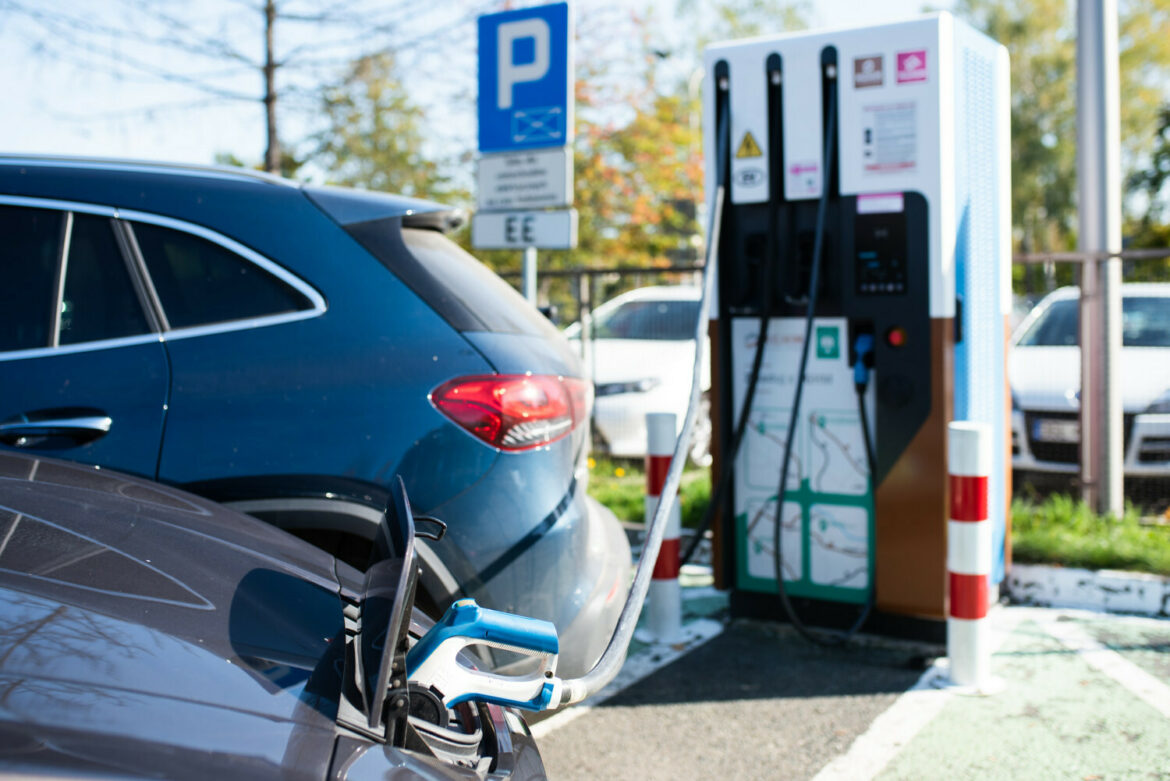Up to 10,000 charging points for electric cars may be launched in Poland in less than two years, predicts Power Dot – a company investing in charging stations, providing their installation and service. Power Dot operates in Portugal, Spain, France, Poland, Belgium and Luxembourg.
Car chargers will already have to be available at many commercial and utility facilities from 1 January 2025, according to the provisions of the Electromobility Act.
The obligation to install chargers is imposed by the Electromobility Act on managers of non-residential facilities that have at least 20 parking spaces. Small and medium-sized entrepreneurs are exempt from the obligation. The requirement applies to markets, galleries or retail parks. And also offices, offices, stadiums, universities and even hospitals.
“We surveyed 1,044 commercial facilities across Poland that comply with the Act and only 20 % of them have charging stations for electric cars. The others are starting a race against time,” says Grigoriy Grigoriev, CEO of Power Dot in Poland.
According to Power Dot, there could be around 10,000 charging points for electrics in Poland. This would mean a four-fold increase in the existing network, plus a significant increase in the number of fast chargers, with a capacity of 100 kW and more.
“My estimates of the number of charging points are based on the assumption that in Poland there are ca. 50 thousand public utility buildings of various types. If we assume that every fifth of them meets the conditions of the Act, we would obtain the number of as many as 10 thousand chargers. For comparison, in Poland there are less than 8 thousand petrol stations and just over 2.5 thousand charging stations,” calculates the director.
The number of electric cars should also gradually increase. From January 2025, the car fleets of public administration offices will have to be electrified by as much as 50 %, and the fleets of local authorities – by 30 %.
Arkadiusz Słomczyński





